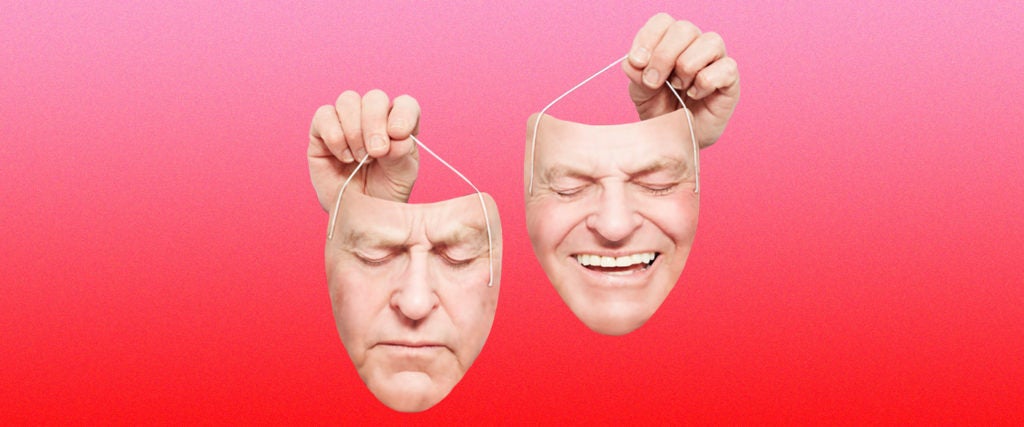There are two types of bad days. The first is when bad shit actually happens to you, and there’s obviously levels to that — maybe you get into a fender bender that’s gonna cost you a few hundred bucks; maybe your dad dies. The precise amount of “badness” to those bad days ranges in severity. But the second type of bad day is categorized more by general malaise. You accidentally break the yolk in your eggs at breakfast, then your WiFi stops working properly, then your co-worker sends you a passive-aggressive Slack message, whatever. Your morning is just off to a frustrating start, putting you into a bad mood that can easily snowball into an overall not-good day. Unless, of course, you don’t let it. Easier said than done, but there are some practices you can incorporate to at least attempt to turn a mood around.
“It’s very individual, and you have to find your own method,” says Cathy Allsman, a psychologist and licensed marriage and family counselor in Miami. “Some people have to let the bad mood keep going downhill until it becomes funny and you start laughing about how bad it is. In other people, there’s a tendency to freeze up like you might if you were in physical pain. Freezing up isn’t effective for either physical or emotional pain, though.”
Instead, Allsman recommends taking time to “do something that grounds you in a sensory way.” “Stop and take a deep breath,” she continues. “Look outside at something beautiful, or listen to music. With teenage clients, I’ve had them bring in [to therapy sessions] music that they listen to when they want to focus on the drama in their life and be upset, and the music that they listen to when they’re in a good mood. There’s always a clear difference between the two.”
Basically, whatever your choice of sensory activity, make sure it’s something that actually evokes positive feelings. Something like exercise might feel unpleasant in the short term, but the endorphins released from it could make you feel better, too. This is especially true if you can exercise outdoors or listen to happy music while you’re doing it.
“It’s worth noting if there’s any reason you need to stay in a bad mood, then hey, maybe it’s not even a mood,” says Allsman. This might be the case if you’re having one of those “bad days” where something bad is actually happening. “It’s warranted sadness that you should stay in,” she says.
“At the same time, people can get addicted to drama,” says Allsman. “It can be hard to move out of the bad mood. People can cling to the drama. There has to be an executive decision that you’d rather be in a good mood than a bad one.”
As a regularly crabby person, my own method is to not put too much pressure on myself to stop being crabby and overcompensate — that’s how you end up in one of those downhill, laughably bad days. I’ve often tried to do something “productive” like cleaning, only to accidentally knock something over and get so frustrated that I give up and lay down on the floor for an hour, instead. The point is to not set your expectations so high that if some other little thing goes wrong, you’ll absolutely lose your shit.
The real key to getting out of a “bad” mood is not to focus specifically on not feeling bad, but to instead focus on creating feelings of “good,” if only for a minute. This is again where Allsman’s suggestions of going outside, listening to some music or just taking deep breaths comes into play. A moment of good is still a moment of good despite being surrounded by an otherwise awful day, even if you need to treat yourself like an angsty teen to cultivate it.

